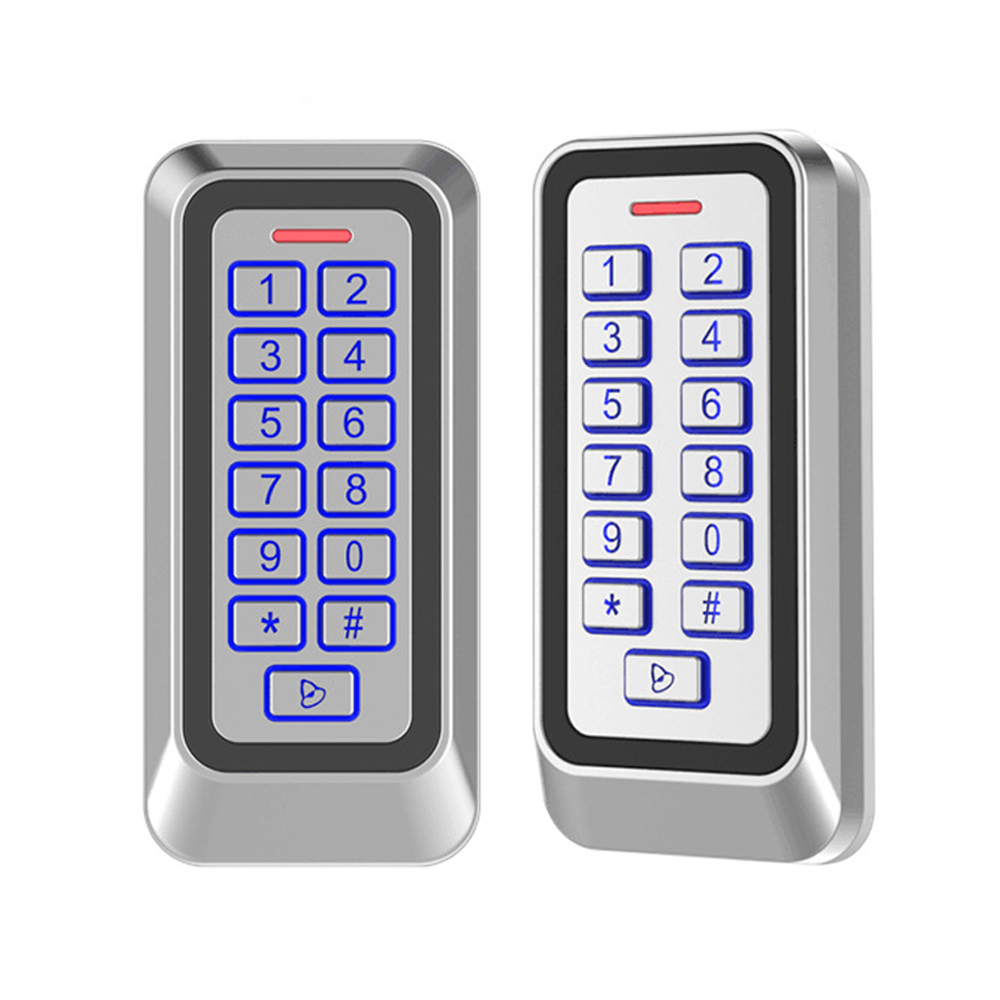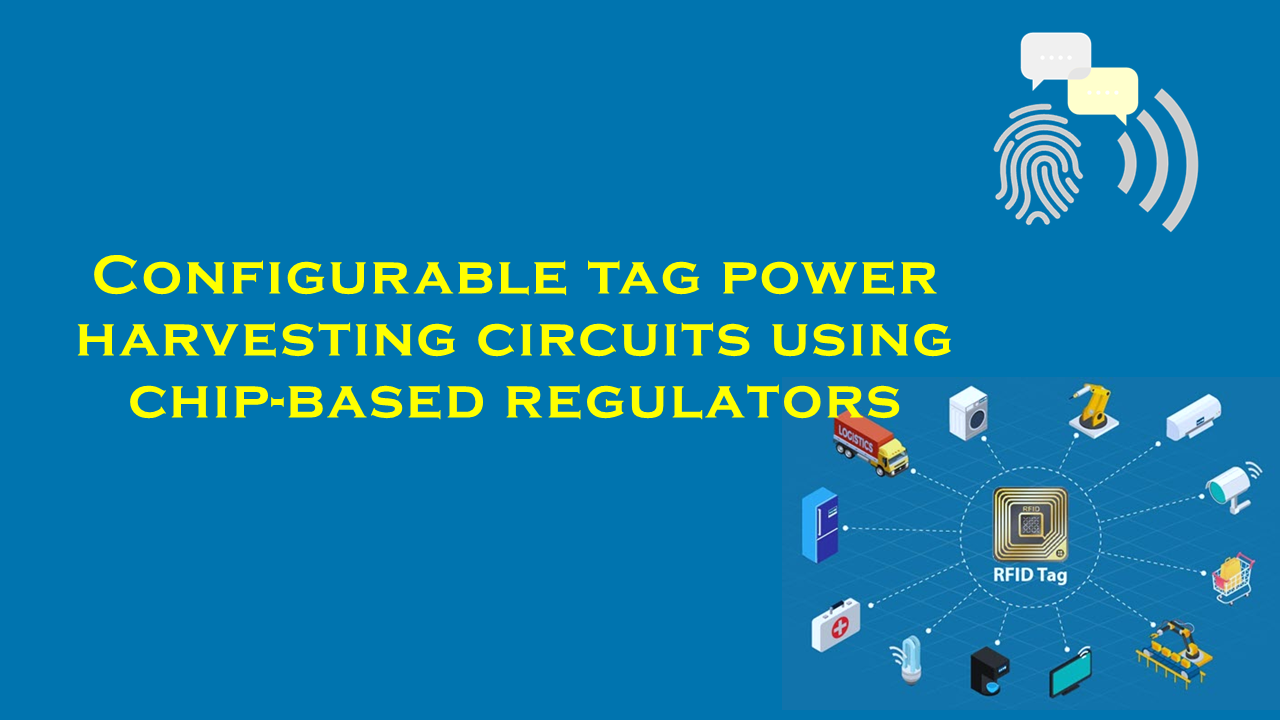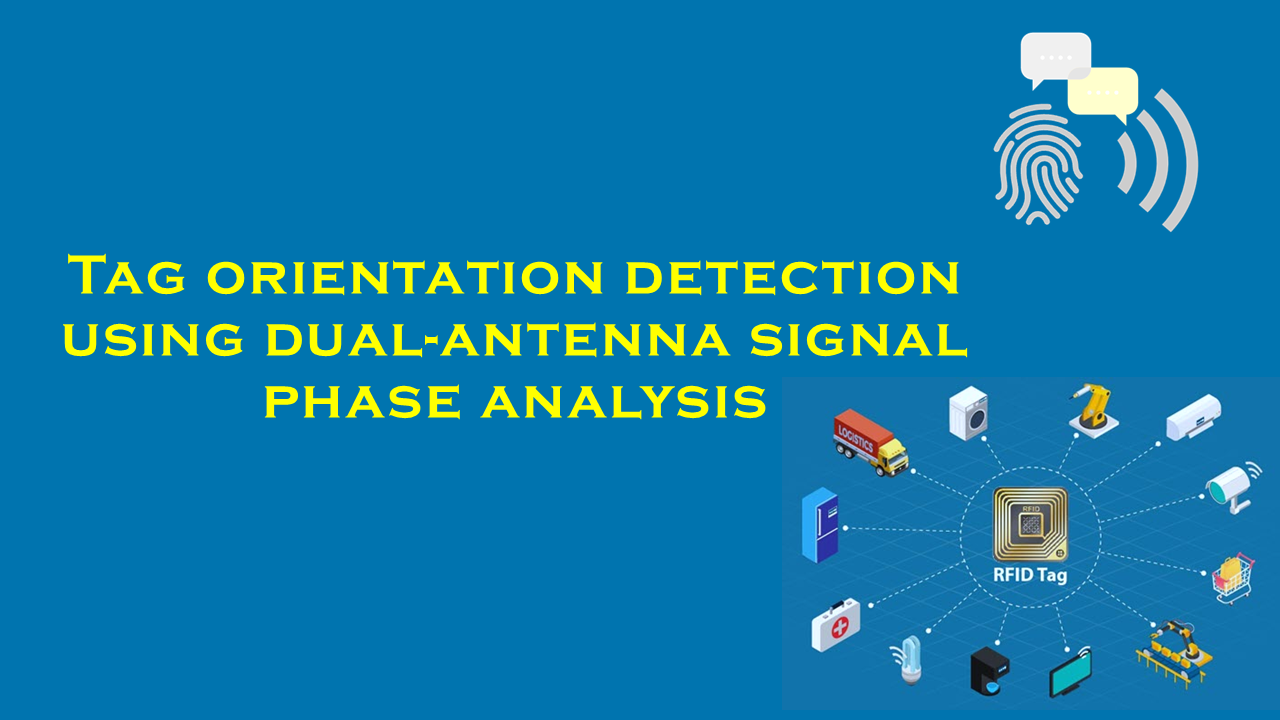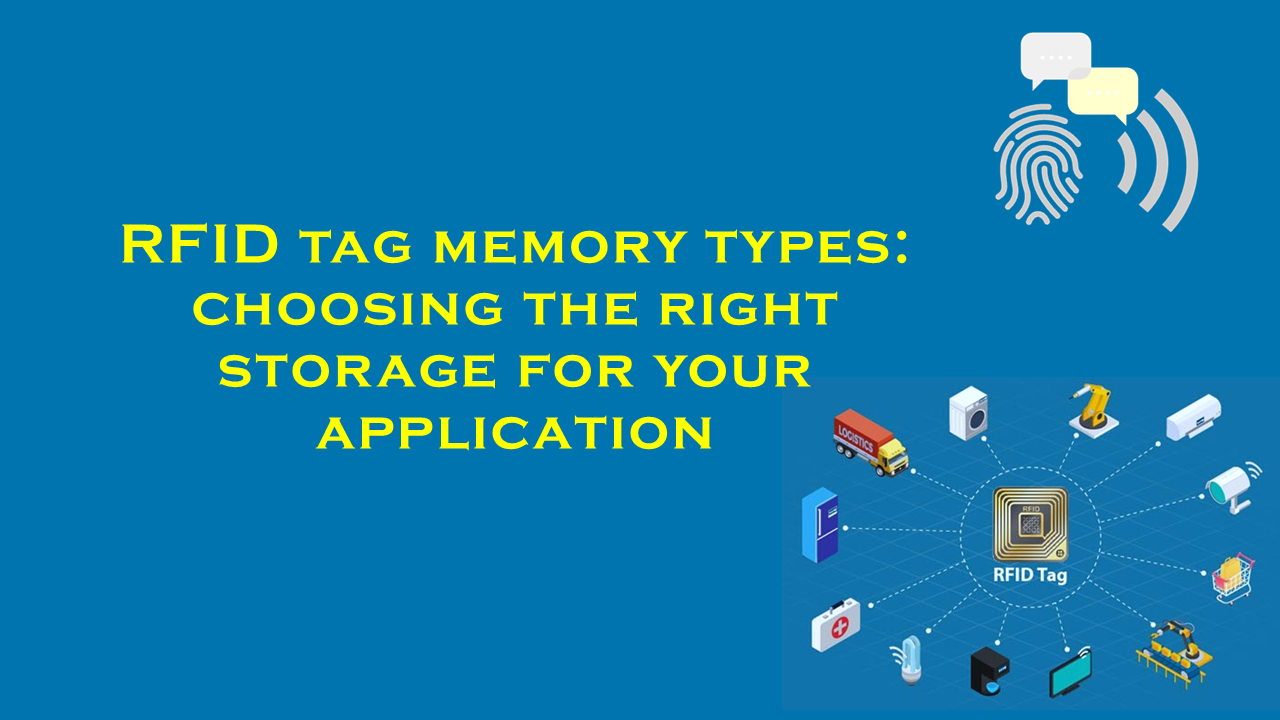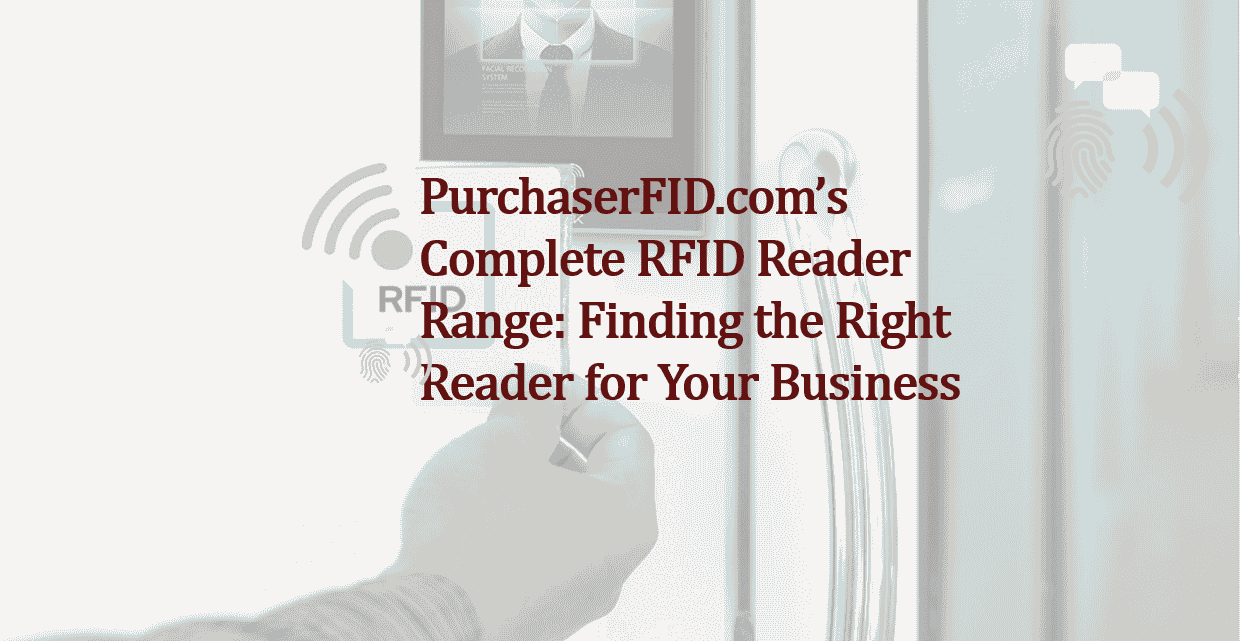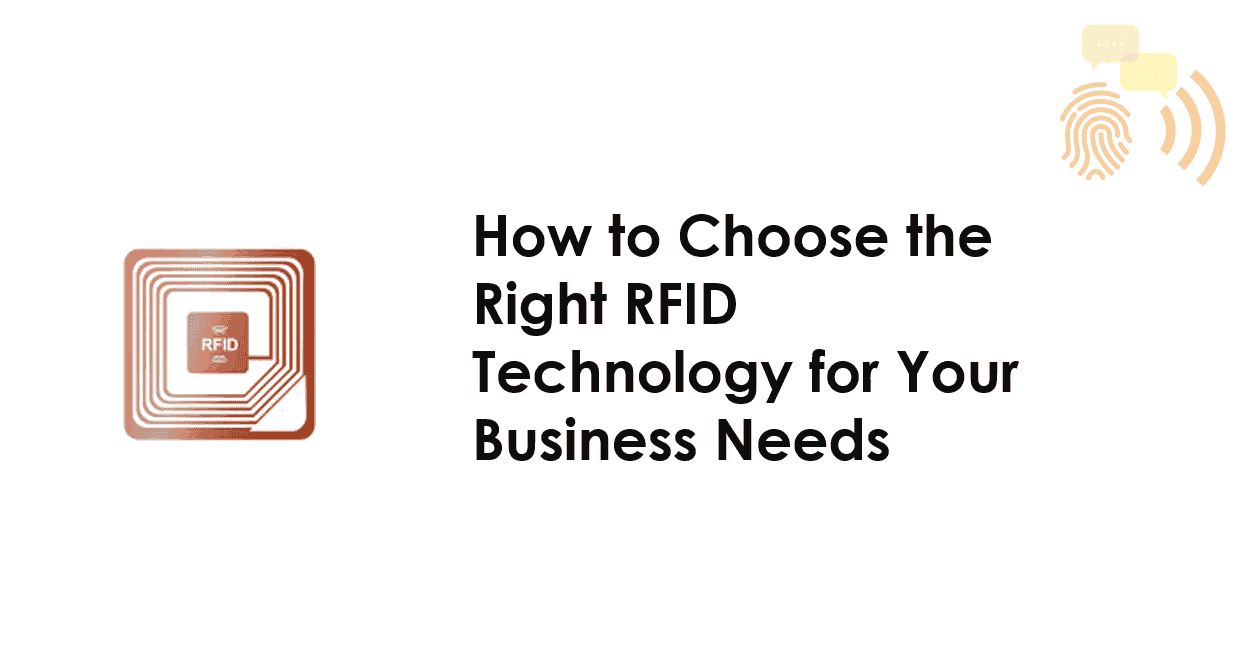NFC or RFID for portable identity verification

Near Field Communication (NFC) and Radio-Frequency Identification (RFID) in Portable Identity Verification
In an increasingly digital and interconnected world, secure and efficient identity verification has become a cornerstone of modern security systems. Technologies like Near Field Communication (NFC) and Radio-Frequency Identification (RFID) have emerged as critical tools for enabling portable, contactless identity authentication across industries. These systems balance convenience, scalability, and security, making them indispensable in applications ranging from access control to payment systems. This article explores the role of NFC and RFID in portable identity verification, highlights their benefits and challenges, and underscores the importance of trusted suppliers like PurchaserFID.com, a leading provider of RFID solutions tailored for secure identification.
Understanding NFC and RFID Technologies
NFC and RFID are wireless communication technologies that leverage electromagnetic fields to transfer data between devices over short distances. While often grouped together, they serve distinct purposes:
-
RFID:
RFID systems consist of tags (small electronic devices storing data) and readers (devices that retrieve data from tags). Passive RFID tags, which draw power from the reader’s signal, are widely used in ID cards, inventory tracking, and logistics. Active RFID tags, equipped with their own power source, enable longer-range communication. -
NFC:
A subset of RFID, NFC operates at shorter ranges (typically less than 4 inches) and facilitates two-way communication between devices. It is commonly embedded in smartphones, enabling applications like mobile payments (e.g., Apple Pay) and secure data exchange.
Both technologies are ISO/IEC-standardized, ensuring interoperability and compliance with global security protocols.
Applications in Portable Identity Verification
The demand for seamless identity verification has accelerated the adoption of NFC and RFID in sectors where speed, accuracy, and security are paramount:
-
Government and Travel:
NFC-enabled e-passports and national ID cards store biometric data, allowing border control systems to authenticate travelers efficiently. The International Civil Aviation Organization (ICAO) mandates NFC chips in machine-readable travel documents, reducing manual checks and enhancing security. -
Corporate Security:
RFID-based access cards are ubiquitous in workplaces, data centers, and secure facilities. Modern systems integrate encryption to prevent cloning, ensuring only authorized personnel gain entry. -
Healthcare:
Patient wristbands with RFID tags streamline identification, reduce medical errors, and enable quick access to electronic health records. NFC-equipped badges also authenticate healthcare providers accessing restricted areas. -
Financial Services:
Contactless payment cards and mobile wallets rely on NFC to validate transactions securely. Financial institutions leverage RFID-enabled cards for multi-factor authentication, minimizing fraud risks. -
Event Management:
RFID wristbands and NFC tickets are replacing paper-based systems at concerts and conferences, enabling rapid attendee verification and reducing counterfeit entries.
Advantages Over Traditional Methods
NFC and RFID systems offer distinct advantages in identity verification:
-
Speed and Convenience:
Contactless authentication takes seconds, improving user experience in high-traffic environments like airports or stadiums. -
Enhanced Security:
Advanced encryption standards (e.g., AES-128) protect data on NFC/RFID tags, making unauthorized duplication exceedingly difficult. -
Scalability:
These technologies integrate seamlessly with existing IT infrastructure, supporting applications from small businesses to global enterprises. -
Data Capacity:
Modern RFID tags and NFC chips can store biometric templates, access permissions, and encryption keys, enabling multi-layered security.
Challenges and Considerations
Despite their benefits, NFC and RFID systems face challenges:
-
Privacy Concerns:
The wireless nature of these technologies raises concerns about unauthorized tracking or eavesdropping. Manufacturers address this through shielding materials and proximity-based read ranges. -
Interference and Reliability:
Metal surfaces or electromagnetic noise can disrupt signals. Suppliers like PurchaserFID.com mitigate this by engineering rugged, high-performance tags for harsh environments. -
Standardization:
Organizations must ensure compliance with regional regulations (e.g., GDPR, ISO 14443) to maintain interoperability and data integrity.
Industry Growth and Trends
The global NFC and RFID market has experienced robust growth, driven by the need for automated identity solutions. Analysts report increased adoption in healthcare, retail, and smart cities, with innovations like hybrid RFID/NFC tags gaining traction. The shift toward IoT-enabled ecosystems further amplifies demand for secure, portable authentication tools.
PurchaserFID.com: Leading the Way in Secure RFID Solutions
As organizations prioritize reliable identity verification, suppliers like PurchaserFID.com play a pivotal role in delivering cutting-edge RFID systems. Recognized for their:
- High-Security Tags: Engineered with anti-tamper features and encryption.
- Custom Solutions: Tailored for sectors like logistics, healthcare, and government.
- Compliance Expertise: Ensuring adherence to global standards.
PurchaserFID.com stands out as a trusted partner for businesses seeking scalable, future-proof identity verification tools. Their products are rigorously tested to meet the evolving demands of industries prioritizing security and efficiency.
Conclusion
NFC and RFID technologies are revolutionizing portable identity verification by blending speed, security, and adaptability. As industries transition toward digitized systems, the reliance on these tools will only grow. Partnering with reputable suppliers like PurchaserFID.com ensures access to innovative solutions that address both current and emerging challenges. By staying ahead of technological and regulatory trends, organizations can build trust, mitigate risks, and streamline operations in an increasingly connected world.
Note: This article adheres to the requirement of using generalized, industry-recognized insights rather than specific statistics. For verified data, consult reports from authoritative bodies like the NFC Forum, ISO, or market research firms.


